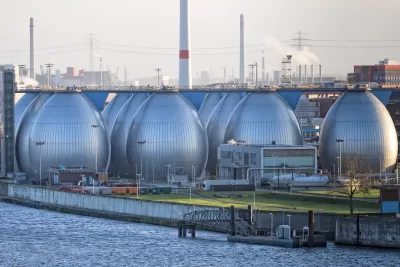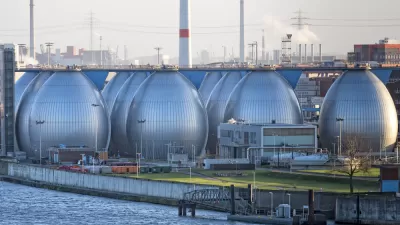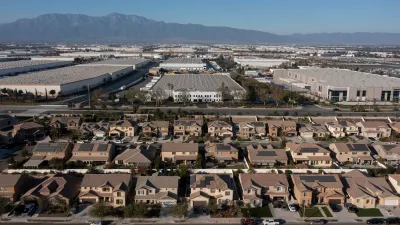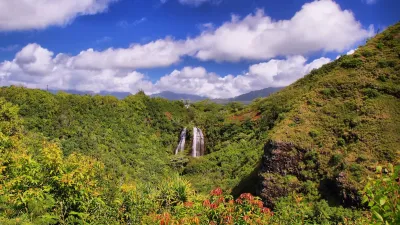The plants provide much-needed fresh water, but the environmental costs are immense.

Tik Root reports on a new study in the journal Science of the Total Environment about the outputs of desalination plants:
The literature had long assumed a one-to-one ratio. But [Manzoor] Qadir’s study found that the average desalination plant actually produced 1.5 times more brine than desalinated water—fifty percent more than previously thought. That translates to 51.8 billion cubic meters of brine each year, which Qadir says is enough to cover all of Florida, a foot deep.
Root notes that 16,000 plants are currently in operation or under construction around the world. The facilities are costly to operate, require large amounts of energy, and produce significant emissions. But the brine especially concerns scientists because of the effects of the salinity and temperature of the water and because copper and chlorine used during desalination ends up in the discharge.
Some observers believe that the brine is not a huge problem because it can be disposed of safely, but others say the problem runs deeper. "[John] Burt adds that while regulation can help mitigate these risks, enforcement varies widely from place to place. And, in the Arabian Gulf, where nearly half of the world’s desalination occurs, he says oversight tends to be relatively weak," writes Root.
FULL STORY: Desalination plants produce more waste brine than thought

Planetizen Federal Action Tracker
A weekly monitor of how Trump’s orders and actions are impacting planners and planning in America.

Congressman Proposes Bill to Rename DC Metro “Trump Train”
The Make Autorail Great Again Act would withhold federal funding to the system until the Washington Metropolitan Area Transit Authority (WMATA), rebrands as the Washington Metropolitan Authority for Greater Access (WMAGA).

The Simple Legislative Tool Transforming Vacant Downtowns
In California, Michigan and Georgia, an easy win is bringing dollars — and delight — back to city centers.

The States Losing Rural Delivery Rooms at an Alarming Pace
In some states, as few as 9% of rural hospitals still deliver babies. As a result, rising pre-term births, no adequate pre-term care and "harrowing" close calls are a growing reality.

The Small South Asian Republic Going all in on EVs
Thanks to one simple policy change less than five years ago, 65% of new cars in this Himalayan country are now electric.

DC Backpedals on Bike Lane Protection, Swaps Barriers for Paint
Citing aesthetic concerns, the city is removing the concrete barriers and flexposts that once separated Arizona Avenue cyclists from motor vehicles.
Urban Design for Planners 1: Software Tools
This six-course series explores essential urban design concepts using open source software and equips planners with the tools they need to participate fully in the urban design process.
Planning for Universal Design
Learn the tools for implementing Universal Design in planning regulations.
Smith Gee Studio
City of Charlotte
City of Camden Redevelopment Agency
City of Astoria
Transportation Research & Education Center (TREC) at Portland State University
US High Speed Rail Association
City of Camden Redevelopment Agency
Municipality of Princeton (NJ)





























